The allure of the unexplored lies at the very core of what adventure is all about. For many, simply exploring places that are new to us as individuals is tremendously exciting. To tread where no humans have ever gone before, well, that’s another level, isn’t it?
Even today, as we find ourselves firmly ensconced in the 21st century, more than 50 years since we first set foot on the Moon, there are mountains on our planet that are unclimbed. It’s an exciting thought – there are still very real, pioneering adventures to be had out there. Many of the world’s greatest unclimbed mountains are still unclaimed because national governments have forbidden mountaineering due to their spiritual significance. This is the case for well-known peaks like Machapuchare and Mount Kailash.
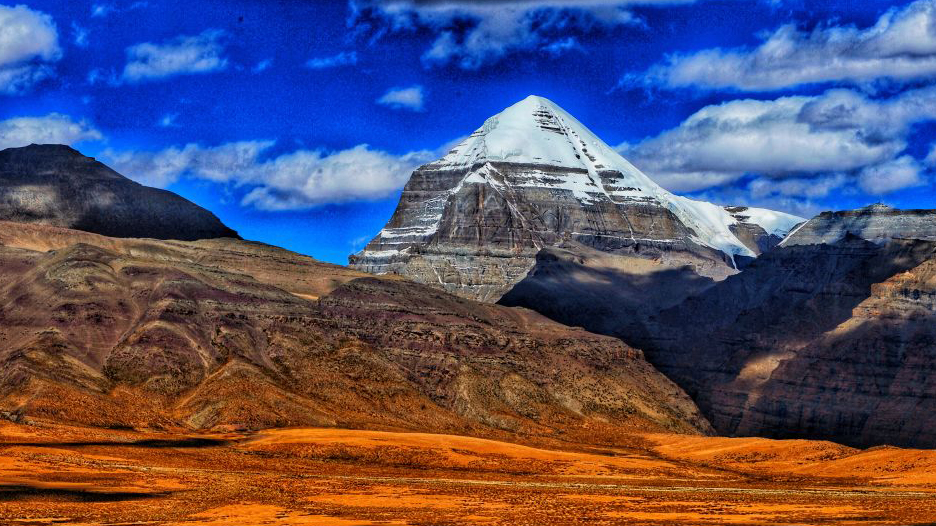
However, others stay unclimbed, not because of access restrictions, but because of the logistical challenges posed by their remoteness. These have become some of the most sought-after prizes in mountaineering.
For many years, the remote Muchu Chhish, at 24,452ft / 7,453 meters, in Pakistan’s Karakorum was the world’s highest accessible unclimbed peak. However, a Czech team featuring Piolet d’Or winner Radoslav Groh successfully reached the summit in July 2024. Now, sights will be set on the next great prize…
Of course, there’s also the fact there’s no central database or information source detailing exactly what has and hasn’t been climbed. Ranges like the Himalayas and the Andes are absolutely massive, meaning there’s bound to be hundreds, if not thousands of untouched peaks.
We look at six tantalizingly unclimbed giants, the reasons for their virgin state and a little of their history.
The world’s greatest unclimbed mountains
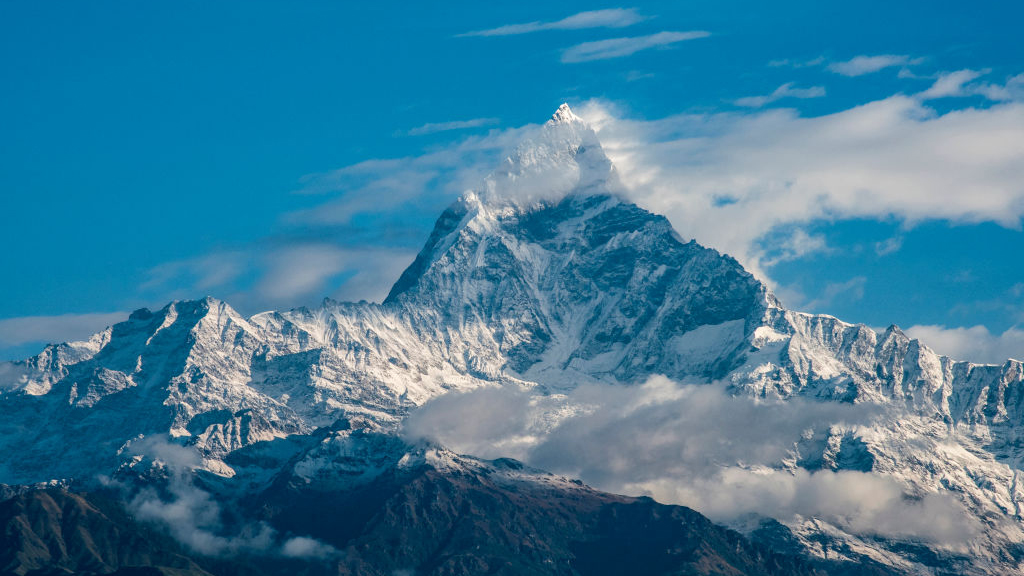
Gangkhar Puensum – Bhutan’s tallest peak and the world’s highest unclimbed mountain is strictly off limits.
All the latest inspiration, tips and guides to help you plan your next Advnture!
Machapuchare – the iconic fishtail peak in Nepal’s Annapurna region remains untouched for religious regions.
Mount Kailash – perhaps the world’s holiest mountain, Tibet’s beautiful Mount Kailash is forbidden.
Labuche Kang II – a Tibetan giant and probably the highest “legal” unclimbed peak
Apsarasas Kangri I – the highest peak on the Apsarasas massif on the India/China border
Tongshanjiabu – a mysterious peak on the Bhutan/Tibet border
Gangkhar Puensum
Location: Bhutan/Tibet border, Himalayas
Height: 24,839 ft / 7,571 meters
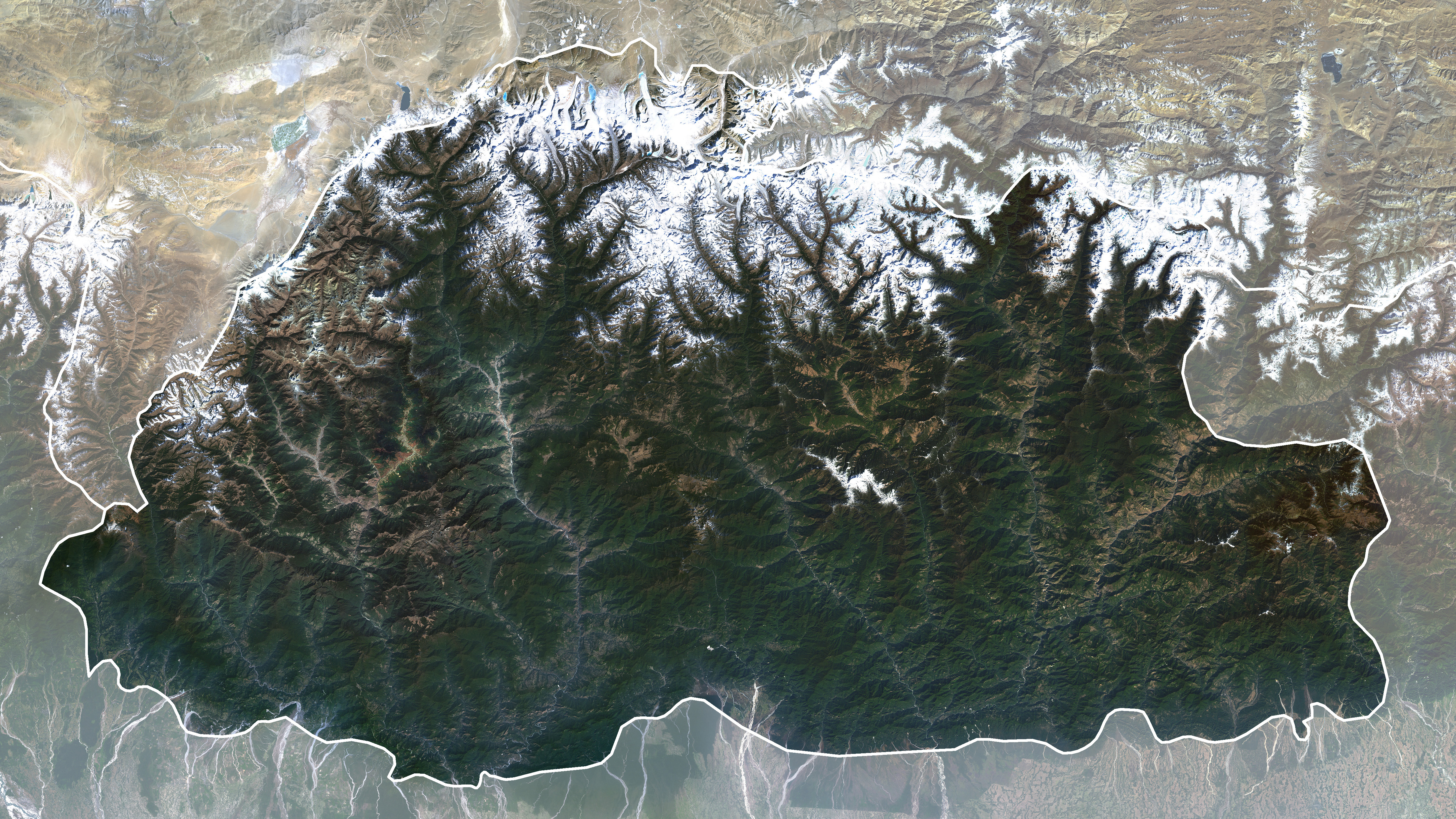
Bhutan’s loftiest mountain and the 40th highest mountain in the world is also Earth’s tallest unclimbed peak – and it will remain so for the foreseeable future. This is because mountaineering in any form has been banned in Bhutan since 2003.
This was not always the case: an 11-year window existed between 1983 and 1994, though alpinists were still required to obtain a hard-won permit from the Bhutanese government to access the mountain. There were four notable attempts to climb it in the mid-80s. Japanese and American expeditions failed to find suitable routes to the summit in 1985. The latter climbed a number of alternative peaks instead and was made up of some of America’s greatest ever mountaineers, including John Roskelley and Yvon Chouinard, founder of Patagonia.
The arrival of the monsoon season put paid to the 1986 Austrian attempt, while a British-American-New Zealand expedition came close in the October of the same year, only to be repelled by strong winds. A Japanese team were given permission to attempt the mountain by the Chinese government in 1998, though the Bhutanese were furious and a compromise was reached whereby the team were allowed to summit Liangkang Kangri (Gangkhar Puensum North) instead, a peak on the massif that’s totally within Tibet’s borders.
Machapuchare
Location: Annapurna range, Nepalese Himalayas
Height: 22,942ft / 6,993 meters
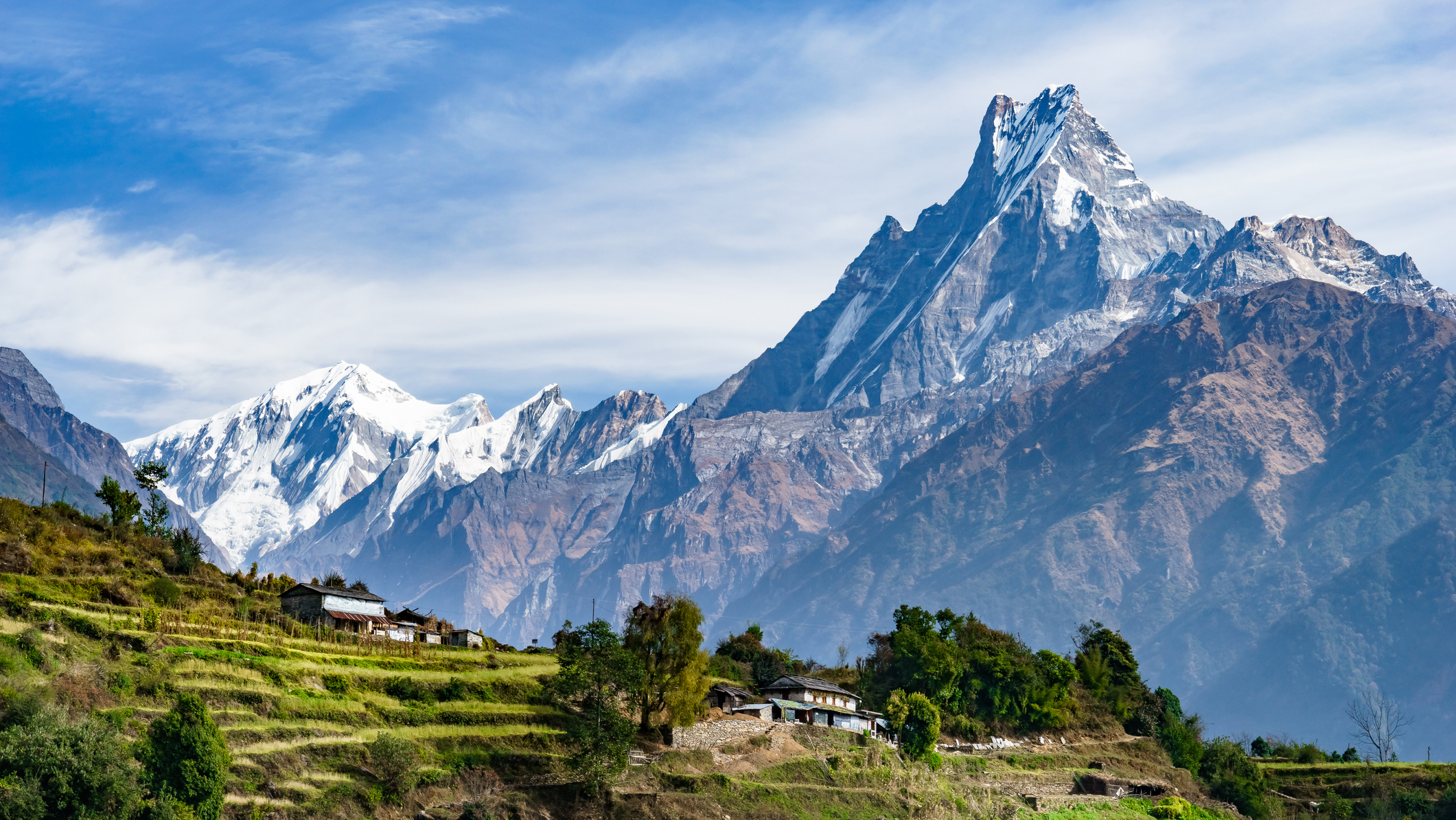
One of the world’s most beautiful mountains, Machapuchare is instantly recognizable in Nepal’s Annapurna region due to its twin fishtail peaks, rising in isolation above the relatively low land to the south. Obtaining a permit to climb the mountain from the Nepalese government is virtually impossible due its spiritual significance to the native people, who believe it is the abode of the god Shiva.
However, this stunning mountain is far from unexplored. A British expedition in 1957 came within 500 feet of the summit before, as agreed with the Nepalese king, the climbers did the noble thing and turned back. It’s also rumored that decorated New Zealand solo alpinist Bill Denz may have illegally made the summit in the early 1980s. However, he was killed in an avalanche on Makalu in 1983 and the truth of the matter died with him.
Mount Kailash
Location: Kailash Range, Trans Himalaya, Tibet
Height: 21,778 ft / 6,638 meters
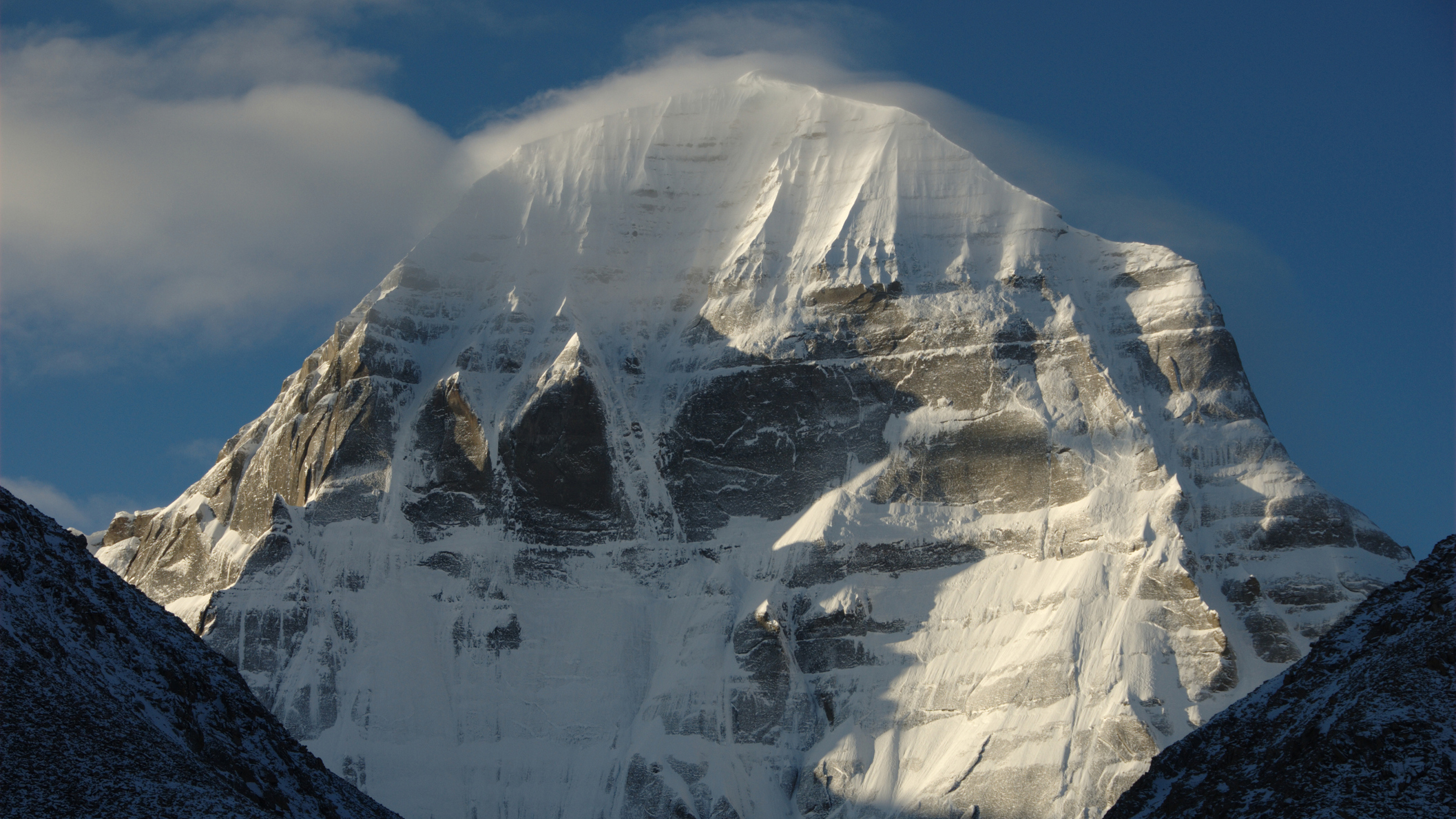
Perhaps the world’s holiest mountain, Tibet’s Mount Kailash holds significant spiritual significance to Hindus, Jains, Buddhists and Bonpo. While the peak remains untrodden, the land around the mountain is the scene of the Kailash Parikrama, or Kora to Buddhists. This is a great, 33 mile / 53km pilgrimage around the Kailash that’s said to cleanse the souls of those who walk the path.
In 1926, British mountaineer Hugh Ruttledge explored the mountain and undertook the Kailash Parikrama alongside his wife, the first western woman to do so. He explored a number of approaches to the peak, proclaiming the 5,905 ft / 1,800m north face to be ‘utterly unclimbable’.
In the 1980s, permission to climb Mount Kailash was given to Reinhold Messner, widely regarded as the world’s greatest mountaineer of all time. He declined the invitation, saying: “If we conquer this mountain, then we conquer something in people’s souls. I would suggest they go and climb something a little harder. Kailash is not so high and not so hard.”
Labuche Kang II
Also known as: Labuche Kang East
Location: Labuche Kang massif, Tibet, Himalayas
Height: 23,786ft / 7,250 meters
Rising about 22 miles / 35km to the northwest of Cho Oyu in Tibet, the Labuche Kang massif is little explored. The main summit, Labuche Kang I, was climbed in 1987 by a joint Chinese/Japanese expedition who noticed a subsidiary peak to the west and named it Labuche Kang II.
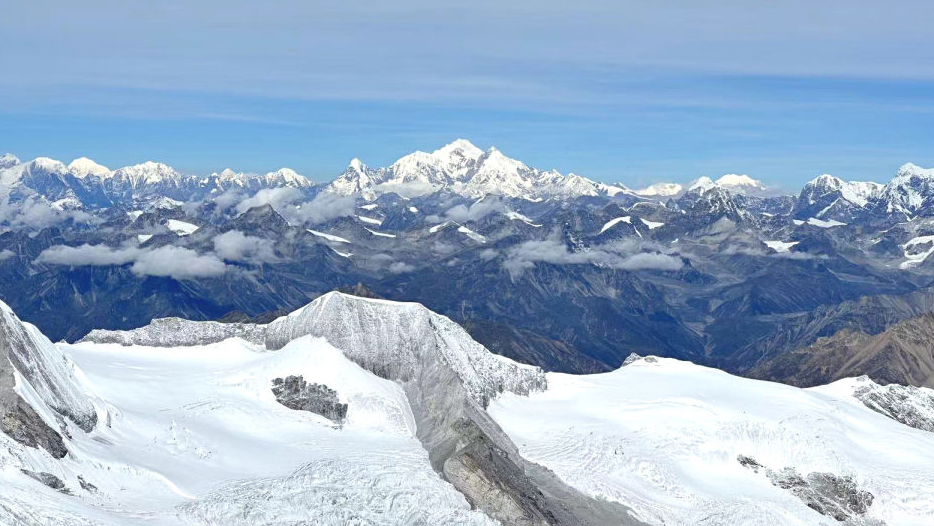
However, more recent explorations have revealed other peaks in the massif, including what is now properly known as Labuche Kang II, at 23,786ft /7,250 meters, a peak which is sometimes known as Labuche Kang East. Confusingly, many sources name the peak Labuche Kang III, as it was discovered after what was previously Labuche Kang II, which might actually by Labuche Kang IV after the discovery of yet another peak. Some also name the mountain Lapche rather than Labuche. Confused? Us too.
All you really need to know is that there’s a remote, 23,786ft / 7,250-meter peak on the Labuche Kang massif that’s unclimbed, which would make it the world’s highest potentially accessible summit. We say ‘potentially accessible’, but getting a permit from the Chinese is notoriously difficult. A Polish team attempted the mountain 2016 after jumping through some serious bureaucratic hoops with the Chinese authorities. They eventually made it onto Labuche Kang II’s flanks and two team members reached around the 22965ft / 7,000-meter mark before retreating with daylight dwindling.
The elusive prize of Labuche Kang II remains unclaimed.
Apsarasas Kangri I
Location: Siachen subrange, Karakorum, India/China border
Height: 23,769ft / 7,245 meters
The business of entering relatively unmapped terrain and climbing remote peaks with multiple local names and no agreed Western spellings can lead to some confusion over what you’ve actually climbed. The Apsarasas massif features multiple summits and is a spectacular range that runs from east to west along the India/China border.
Contrary to some reports, the main summit of Apsarasas Kangri I is thought to be unclimbed; expeditions in 1976 and 1980 proclaimed they’d succeeded but they’d actually climbed the secondary summit Apsarasas Kangri II, mere feet lower than its parent peak. So, the mountain remains unconquered and, to add to the challenge, it lies within a region where climbing is, these days, off limits.
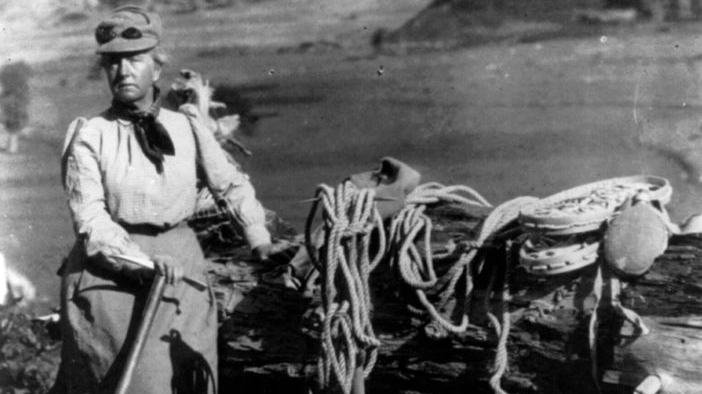
It was given its name, which means home of the fairies, by Grant Peterkin who was a member of an expedition to the Siachen Glacier region led by the legendary Fanny Bullock Workman, a pioneering American mountaineer. This was in 1911 and 1912 – who’d have thought that more than 100 years later only one of the peaks in the massif would have been climbed.
Tongshanjiabu
Location: Bhutan/Tibet border, Himalayas
Height: 23,645ft / 7,207 meters
Shrouded in mystery, with virtually no mention whatsoever in mountaineering lore, Tongshanjiabu is a virgin giant. Its location on the remote, disputed border between Bhutan and China means that it’s almost certainly off limits from the Bhutanese side at least.
However, the Chinese government have given permits to other peaks along the border in the past, so Tongshanjiabu still remains an intriguing possibility for the world’s elite mountaineers – albeit one entailing significant red tape and logistical challenges. Chinese alpinists may have more luck securing permission than Westerners. In 2024, Chinese climbing partners Liu Yang and Song Yuancheng gained permission for, and claimed, the first ascent of Karjiang, a 23,690ft / 7,221-meter peak on the Bhutan/Tibet border. Our money would be on Chinese alpinists also claiming Tongshanjiabu in the near future.








